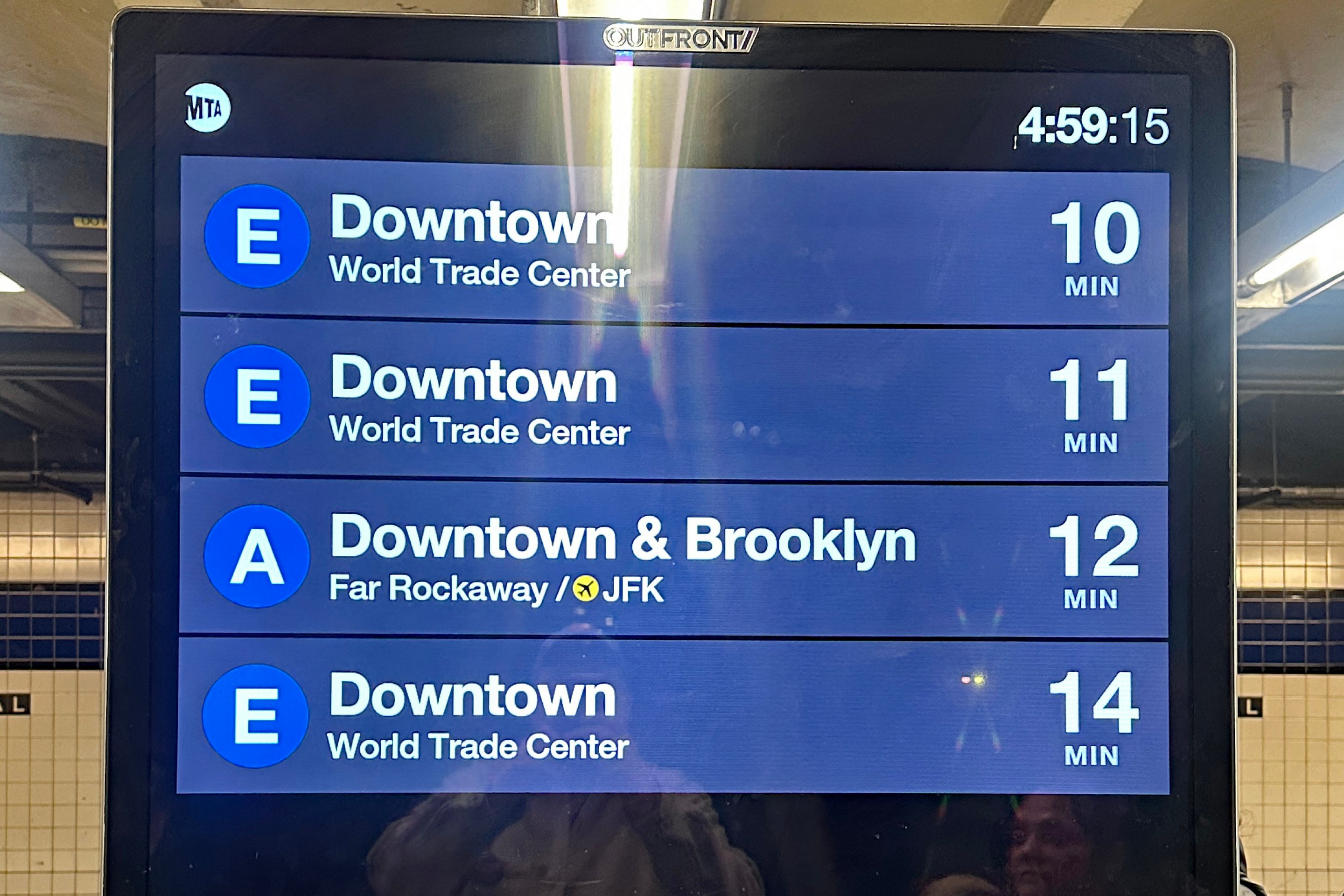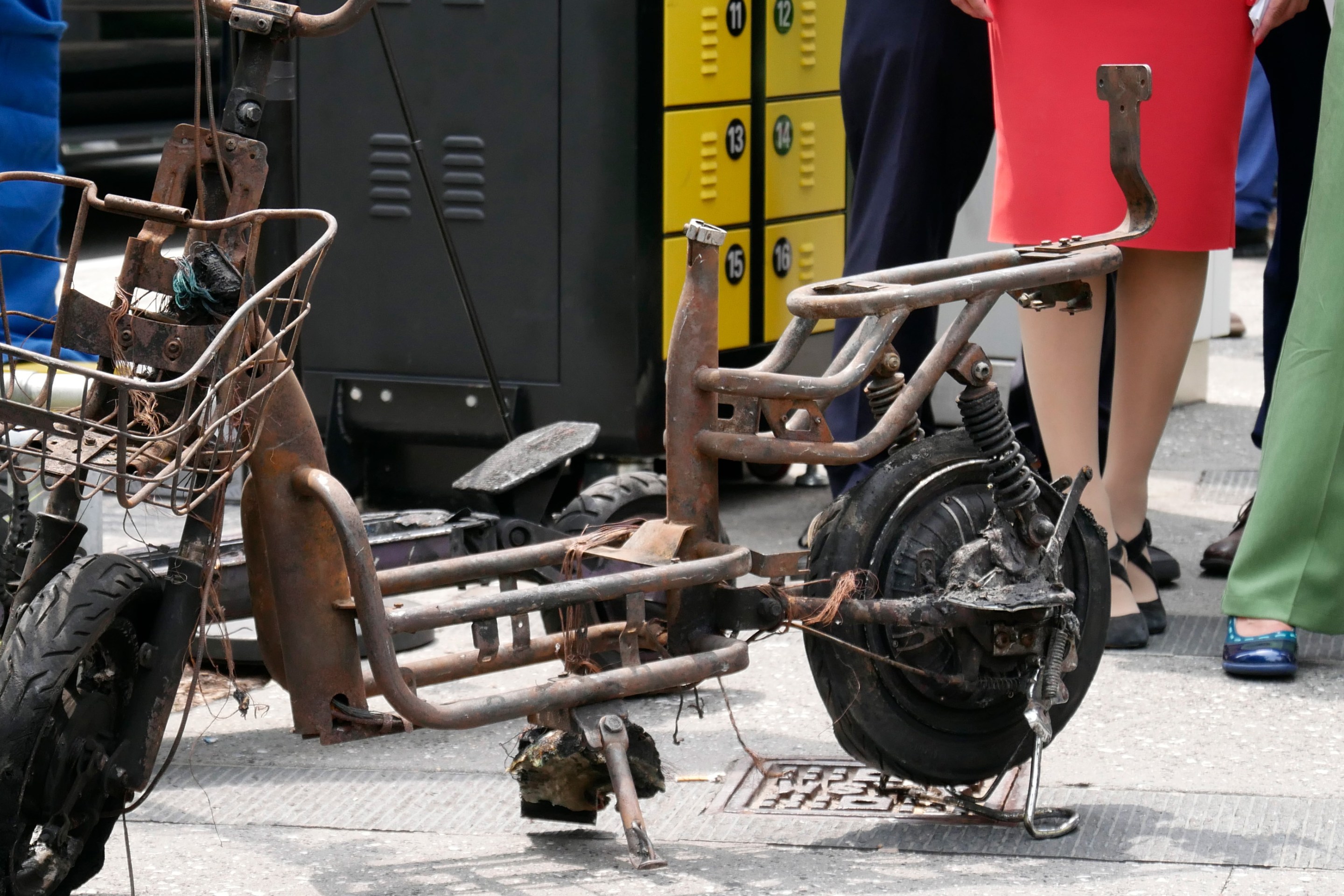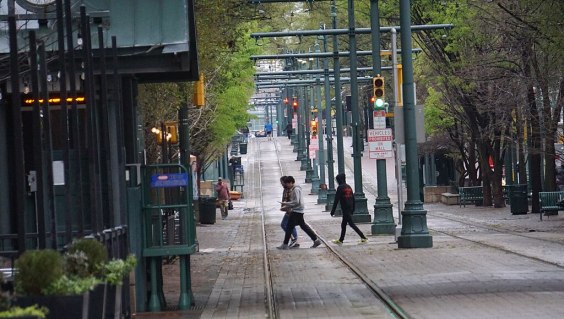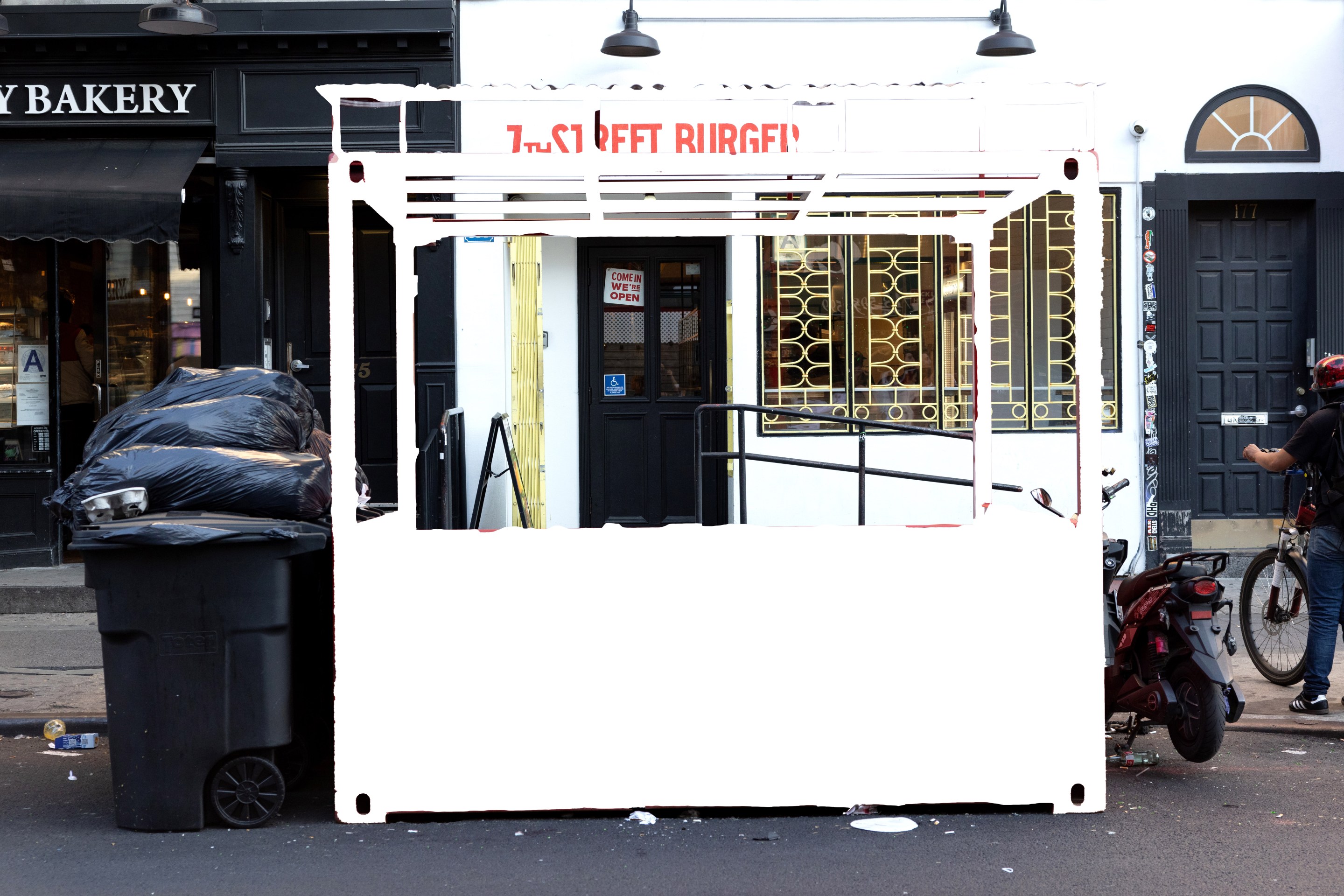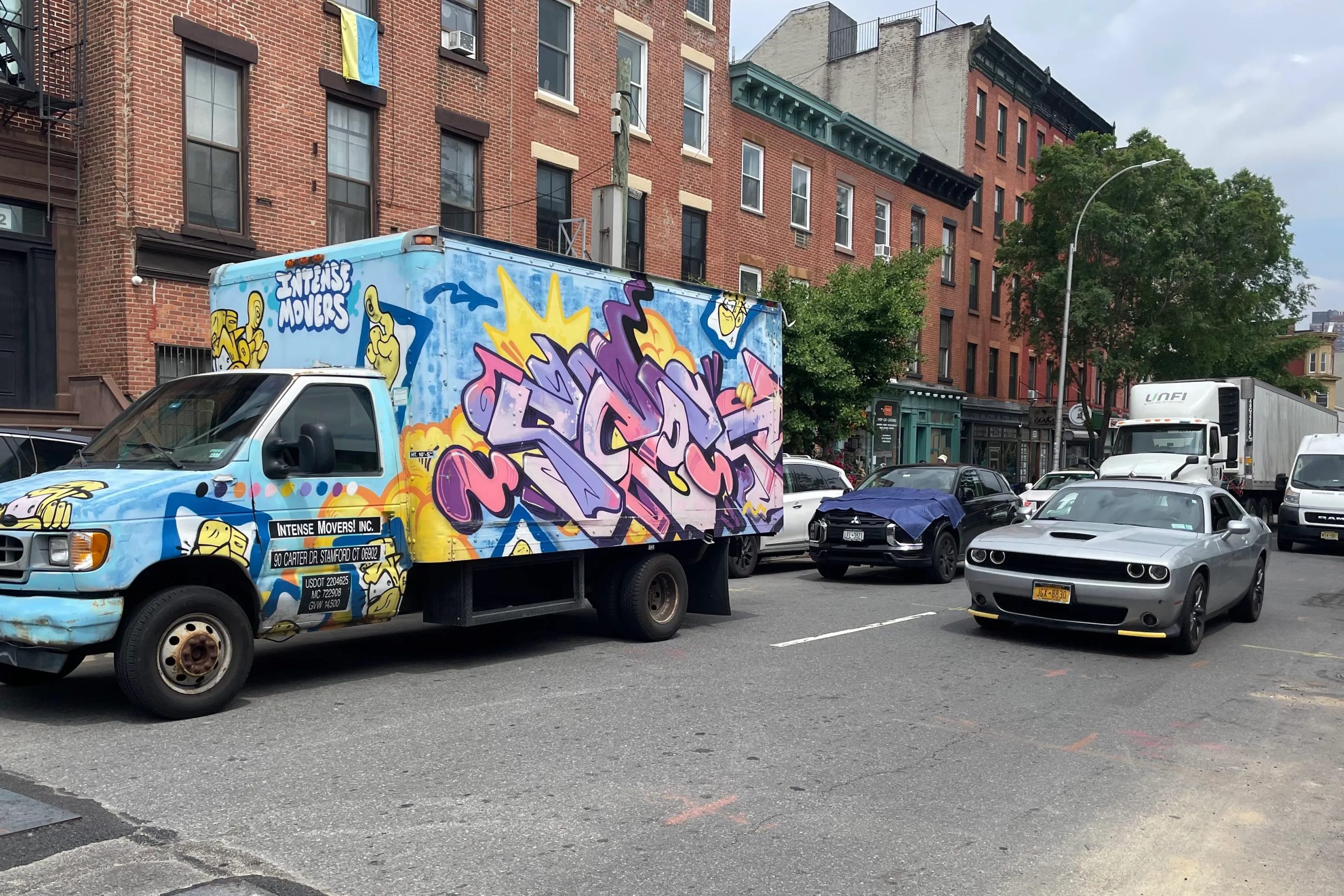 Does New York need bullet trains, or just better trains? Photo: Gilliamhome/Flickr
Does New York need bullet trains, or just better trains? Photo: Gilliamhome/FlickrSkeptics and boosters of high-speed rail traded views at NYU this Wednesday at a conference notable for the low expectations expressed by many panelists. While the much-heralded potential of 200 mph trains was discussed at length, many speakers, particularly those close to the ground in New York, argued that true high-speed rail is a pipe dream or won't provide its promised benefits.
The hypothetical value of high-speed rail for the New York region was widely cited. "It creates the new most important place" in a city, said David Carol, a vice president at global engineering giant Parsons Brinckerhoff, "and I think Moynihan Station [the long dreamt-of rail hub on the West Side of Manhattan] has that kind of potential." Experts from the Regional Plan Association and the U.S. Conference of Mayors noted that high-speed rail could move people from New York to D.C. in 90 minutes, creating economic benefits and cutting down on less environmentally friendly trips by airplane and automobile.
But panelists working in New York government weren't sanguine about the prospects for actually building high-speed rail, especially not the all-out bullet train variety. "We've really been trying to -- I don't want to say constrain expectations -- but manage expectations," said Michael Evans, chief of staff for Lieutenant Governor Richard Ravitch and a transportation player who's worked on plans for Lower Manhattan's redevelopment, the Tappan Zee Bridge, congestion pricing and bridge tolls.
Evans characterized the region's plethora of political jurisdictions as an almost insuperable obstacle to building a comprehensive high-speed rail network in New York. It took nearly a year, he said, for the various states and transportation authorities planning rail improvements along the Northeast Corridor just to decide on a decision-making structure for the preparation of an environmental impact statement.
Rather than push for bullet trains, said Evans, the place to start is with "higher-speed rail" -- incremental improvements in existing service. "The only way," he said, "is by a step-by-step process."
The MTA's William Wheeler, the man in charge of the agency's long range planning, also referred to "higher-speed rail" as the right path. Instead of bullet trains, he highlighted plans to increase capacity at Penn Station and to make the region's commuter lines run all the way through Manhattan, rather than ending their routes in Midtown, as particularly important for the region's rail system.
Skepticism wasn't universal among New York's public officials. "The whole city's history, its success, is about better transport, better access," said Tokumbo Shobowale, the chief of staff for outgoing New York City deputy mayor Robert Lieber. He referred to the rezoning of Manhattan's Far West Side as setting the stage for development that will fit hand-in-glove with a high-speed rail hub, and contended that congestion at the region's airports is imposing a real constraint on economic growth.
The most controversial comments of the day came from Professor David Levinson, a transportation engineer at the University of Minnesota. Pointing to pictures of surface parking lots next to high-speed rail stations in Japan and Europe, he argued that "there is no advantage to adjacency" -- that high-speed rail stations are barely more likely to spur walkable development than airports.
He also walked through a body of research showing that high-speed rail gives a significant economic boost to whichever city serves as the system's hub, but does little for cities on the spokes. Showing maps of hub-and-spoke networks proposed by municipalities from around the country, he noted that every city, no matter how small, imagined itself at the center.
Ultimately, some overlapping views emerged from the conflicting claims of high-speed rail optimists and pessimists. Assuming the political wherewithal to build faster trains exists, all agreed that planners still have to ensure the enhanced rail system is tightly integrated with the local transit network and land-use policies. Otherwise, whatever opportunity high-speed rail does present is sure to be squandered.
